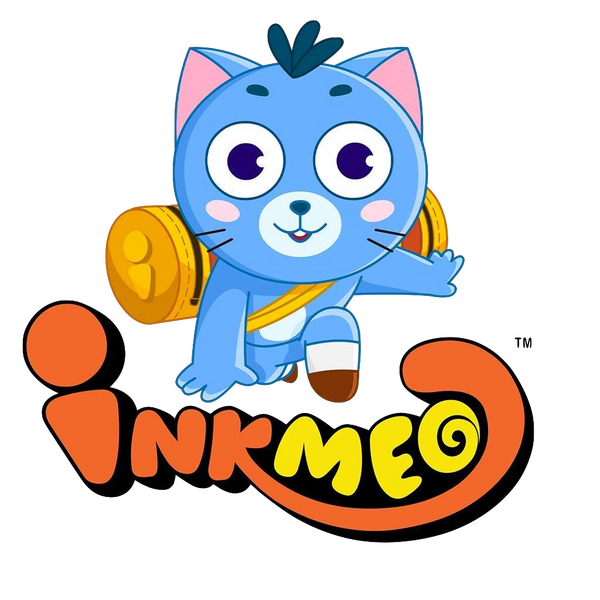
The Psychology of Scribbling: Understanding the Meaning Behind Your Doodles
Share
Scribbling is a common activity that people engage in when they are bored, anxious, or simply looking for a creative outlet. It involves making random marks or drawings on paper or any other surface, without any specific purpose or goal in mind. While scribbling is often dismissed as a mindless activity, it can actually reveal a lot about a person's personality, emotions, and mental state.
What is Scribbling?
Scribbling is a form of spontaneous drawing that involves making quick and unstructured marks on paper, often without any preconceived plan or intention. It can take many forms, including lines, circles, squiggles, and other abstract shapes. Scribbling can be done with a pen, pencil, or any other drawing tool, and can be done on any surface, from the back of a napkin to a formal piece of art paper.
The Psychology of Scribbling:
Scribbling can reveal a lot about a person's inner thoughts, emotions, and personality. Psychologists have studied scribbling for decades and have found that certain patterns and shapes can indicate specific psychological states or traits.

Here are some common interpretations of scribbles:
- Lines and Angles
Scribbles that feature straight lines and sharp angles can indicate that a person is feeling tense, anxious, or stressed. These shapes may represent barriers or obstacles in the person's life, and the act of drawing them may be a way to release pent-up energy or frustration.
- Circles and Curves
Scribbles that feature circular or curving shapes can indicate a more relaxed, peaceful state of mind. These shapes may represent a sense of completeness or continuity, and the act of drawing them may be a way to create a sense of harmony or balance.
- Dots and Squiggles
Scribbles that feature random dots and squiggles can indicate a scattered, unfocused state of mind. These shapes may represent confusion, ambiguity, or a lack of clarity, and the act of drawing them may be a way to organize or make sense of chaotic thoughts.
- Images and Symbols
Scribbles that feature recognizable images or symbols can indicate a more deliberate, intentional state of mind. These shapes may represent specific thoughts or emotions, and the act of drawing them may be a way to express or explore these ideas.
Using Scribbling as a Tool for Self-Exploration:
Scribbling can be a powerful tool for self-exploration and self-expression. By paying attention to the shapes and patterns in your doodles, you can gain insight into your current emotional and mental state. You can also use scribbling as a way to release pent-up energy, calm your mind, or simply have fun and relax.

If you want to use scribbling as a tool for self-exploration, here are some tips:
-
Set aside time to scribble every day, even if it's just for a few minutes.
-
Pay attention to the shapes and patterns you create, and try to identify any recurring themes or symbols.
-
Experiment with different drawing tools and surfaces, and see how they affect your scribbles.
-
Don't worry about creating a "perfect" or "meaningful" drawing - the point of scribbling is to let your creativity flow freely.
Scribbling can reveal a lot about your inner thoughts and emotions, and can be a powerful tool for self-exploration and self-expression. To make scribbling even more enjoyable, consider using an Inkmeo multipurpose reusable wall coloring roll, which allows you to doodle and create freely without worrying about damaging surfaces. Whether you're feeling stressed, relaxed, or somewhere in between, scribbling can be a fun and therapeutic activity to help you explore your creative side and express your unique personality.
